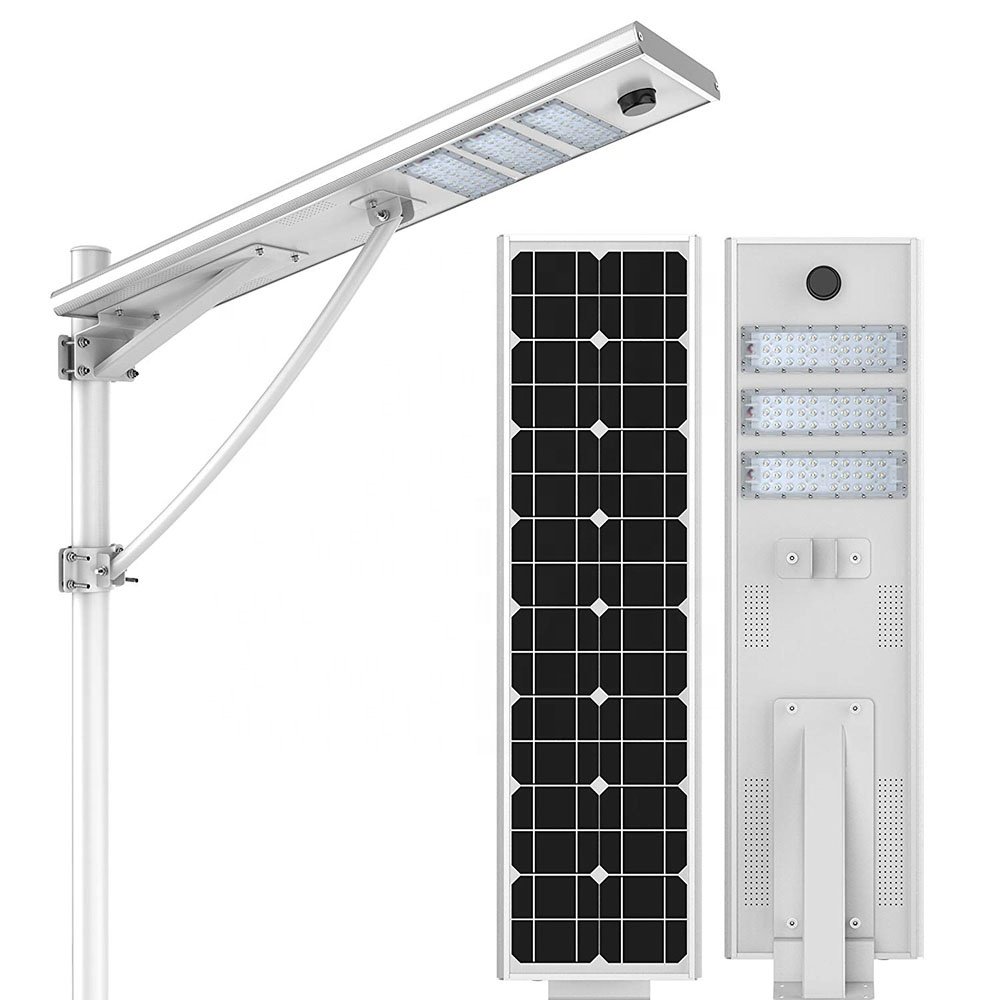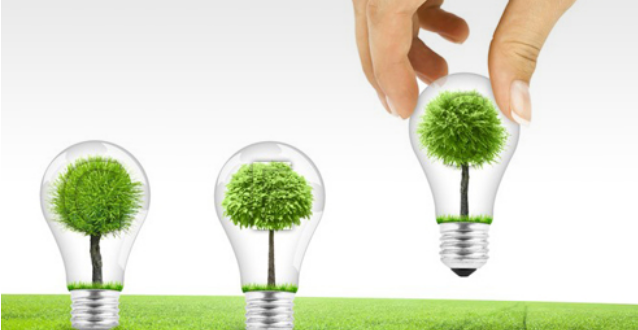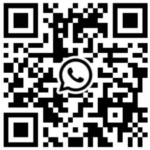What Is LED lighting?
Light-emitting diodes, referred to as LEDs, are semiconductor electronic components that can convert electrical energy into light energy.
It consists of compounds containing Gallium (GA), Arsenic (As), Phosphorus (P), Nitrogen (n), etc.
With the continuous advancement of technology, LED has been widely applied in displays, TV lighting decoration, lighting, and other fields.
The voltage of conventional white light, whether warm white light, neutral white light, positive white light, and cold white light, is 2.8-3.4 volts.
Some lighting LED beads, such as high-voltage lamp belts and lamp boards, use 6 V, 9 V or 12 V, 18 V, or even 36 v. some high-voltage street lamp beads use white light high-voltage lamp beads of about 6v.
Generally speaking, unless for particular purposes or provision to produce high-voltage lamp beads.
The voltage of LED beads for conventional lighting is between 2.8-and 3.4 volts.
Except for particular highlight beads.
In practical circuits, wide use the diodes.
It can speak that there are shadows of diodes in every electronic product, such as TV sets for electrostatic protection, freewheeling diodes for DC-DC power supplies, Zener tubes, and light-emitting diodes, etc.
Chip-mounted diodes, such as TVs, voltage stabilizers, and rectifiers, are almost the same.
The higher the general parameters (voltage, current, etc.), the larger the volume of the diode will be; The difference between in-line diodes will be heavier.
What are the benefits of LED lighting?
1. Long Lifespan
At present, the service life of LED light is significantly higher than that of traditional lighting lamps, such as fluorescent lamps, metal halide lamps, and sodium vapor lamps.
Compared with traditional bulbs, LEDs use significantly less power, resulting in bright light, which means their service life is much longer.
The average operating time of LEDs is 50000 to 100000 operating hours or more.
It is 2-4 times that of most fluorescent lamps, metal halide lamps, and even sodium vapor lamps.
It is more than 40 times that of an ordinary incandescent bulb.
Reducing the frequency of replacement means three key things: Reducing the cost of manual maintenance and replacement parts, and reducing the maintenance cost of lighting bills.
2. Energy Efficiency
Another significant advantage of LED lighting is its energy-saving operation.
You can measure the energy efficiency of a light source with useful lumens, which describe the amount of light emitted per unit of power or watt used by the bulb.
LED lighting produces less waste light and more useful lumens than other lighting technologies.
If you replace all lighting in offices, schools, or other facilities with LEDs, you can see a 60% to 70% increase in overall energy efficiency.
In some cases, depending on the lamps replaced and the LEDs used, the improvement rate can be as high as 90%.
The improvement of energy efficiency is directly related to financial savings.
When you replace traditional light sources with LED light sources, it reduces your energy considerably.
LED light is a wise investment for any enterprise!

3. Improved Environmental And Safety
Comes to LED lighting, security is probably the most often overlooked advantage.
In terms of heat dissipation, the utmost danger is lighting.
LEDs hardly emit positive heat, while traditional bulbs such as incandescent lamps immediately convert more than 90% of the total energy into heat.
This means that only 10% of the energy of incandescent lamps is used for lighting (which also makes them utmost inefficient compared with LEDs).
In addition, because the LED consumes less power, it can work effectively on the low-voltage electrical system.
If something goes wrong, these devices are usually safer.
LEDs do not contain mercury, and if their aluminum fins are recycled, it will significantly reduce the life cycle.
According to a three-part study funded by the Ministry of energy, overall, the energy-saving and basic structure of LEDs enable them to win the most environmentally friendly lighting.
For enterprises, environmental protection is becoming more and more significant.
Customers increasingly want environmentally friendly choices.
Using environmentally friendly light sources can help companies reduce energy consumption and attract socially conscious consumers.
The environmental benefits of LED lighting also extend to its manufacturing process.
Many traditional light sources, such as fluorescent lamps and mercury vapor lamps, use mercury internally as part of their structure.
Because of this, when their life ends, they need special treatment.
About LED lights, you don’t have to worry about these problems.
4. Operable In Many Temperatures And Climates
LEDs can work well over a wide range of operating temperatures without appreciable degradation.
Especially in cold environments, LED lights perform exceptionally well.
Lately, they have also started performing in hot and humid surroundings.
On the other hand, the performance of LED lamps in cold temperatures is about 5%.
Their high efficiency in cold weather makes them the perfect choice for parking lot lighting, building perimeter lighting, and outdoor sign lights.
Traditional light sources don’t like cold weather.
When the temperature drops, the light source, especially the fluorescent lamp, needs a higher voltage to start, and its light intensity will weaken.
5. No Heat or UV Emissions
If you’ve ever tried to replace incandescent bulbs immediately after they go out, you’ll know how hot they can be when they’re in use.
Many traditional light sources, such as incandescent bulbs, use more than 90% of the energy for heating, and the actual lighting production only uses 10% of the energy.
LEDs emit little heat, and most of the light they emit is in the visible light spectrum.
It also makes LEDs an ideal light source for lighting works of art, which will deteriorate or damage over time under ultraviolet radiation.
6. Tremendous Design Flexibility
Because LEDs are so small, you can use them in any application.
They can be combined into bundles, used as traditional bulbs, used alone as small equipment lamps, or arranged in the order in a linear manner.
The structure of LED lamps allows them to be applied functionally and artistically.
In various spaces, LED lights provide design flexibility.
Think about what lighting options this offers your facility.
You can use them to light everything from the workshop to the major league football field.
7. Instant Lighting and the Ability to Withstand Frequent Switching
If you’re looking for lights that need to light up quickly, choose LED lighting.
LED lights can be turned on and off instantly, and LED lights are not affected by frequent switching.
Because LEDs are not affected by switching, there is no reduction in their lifetime or efficiency, and led lamps can cycle quickly for flash displays or applications that require frequent sensor switching.
8. LEDs Operate on Very Low Voltage
In many cases, the operating voltage of the LED is very low.
It also makes them useful for outdoor use where other lighting solutions may not comply with local regulations.

9. Dimming Capabilities
LEDs can operate at almost any percentage of their rated power (0 to 100%) and can dim like incandescent and energy-saving lamps.
Added energy savings and allows light to be adjusted to meet space requirements throughout the day.
When the power of an LED lamp is less than full power, its working efficiency is higher.
There are other benefits to this feature.
It extends the life of the bulb, which means you use less energy, which reduces energy costs.
10. Directional light
Essentially, LEDs only emit light in one direction, rather than an omnidirectional LED light that only illuminates a 180° area, making LED lighting perfect when recessed lighting is in demand in an industrial kitchen, hallway, or bathroom.
If you don’t use something to reflect or redirect light, you will waste energy in areas that don’t need lighting, which will lead to higher energy costs.
11. Have Great Color Rendering Index (CRI)
CRI is a method to measure the ability of light to display the actual color of an object compared with an ideal light source (natural light).
High CRI is usually an ideal feature (of course, it depends on the desired application).
When CRI is involved, LEDs usually have a very high (good) rating.
12. Range of colors
LEDs come in multiple colors and have surprising and increasingly impressive accuracy in color matching.
In today’s rising health design trend, leadership plays a vital role.
According to the circadian rhythm, LED can program to adjust colors and temperatures in a middle note.
13. Correlated Color Temperature (CCT)
LEDs are available in diversified correlated color temperature (CCT) values.
Of course, if you want to know more about CCT, you can visit our website: www.enetcl.com to learn more about led lamps news.
What Does LED Products Have?
Commercial Lamps And Industrial Lamps
The high efficiency and directionality of LED make it an ideal choice for many industrial applications.
LEDs are becoming more and more common in street lights, parking lot lighting, sidewalk, outdoor area lighting, refrigerator lighting, modular lighting, and task lighting.
Indoor Lamps And Outdoor Lamps
In a simple definition, indoor lamps are used indoors, such as downlights, spotlights, track lights, step lights, etc.
Outdoor lamps are applied outdoors.
Environmental Protection Lamps And Traditional Lamps
Environmentally friendly lights can continuously recycle natural energy, protect the earth, and protect our ecological environment from damage, such as solar lights, solar explosion-proof lights, solar panels, etc.
We can see the convenience brought by lamps all the time, so LED is more and more common and familiar to everyone.
So this is the benefit of LED lights.
For more info welcome to visit our company website: www.enetcl.com.





